Correlative Conjunctions Worksheet 6th Grade
Correlative conjunctions are an important part of grammar and can significantly enhance the clarity and cohesiveness of a sentence. In this blog post, we will explore a comprehensive correlative conjunctions worksheet designed specifically for 6th-grade students. The worksheet aims to help young learners practice identifying and using correlative conjunctions correctly in their writing, enabling them to become more proficient in their language skills.
Table of Images 👆
More Other Worksheets
Kindergarten Worksheet My RoomSpanish Verb Worksheets
Cooking Vocabulary Worksheet
DNA Code Worksheet
Meiosis Worksheet Answer Key
Art Handouts and Worksheets
7 Elements of Art Worksheets
All Amendment Worksheet
Symmetry Art Worksheets
Daily Meal Planning Worksheet
What is a correlative conjunction?
A correlative conjunction is a type of conjunction that is used in pairs to link equivalent elements in a sentence, such as "either...or," "both...and," "neither...nor," "not only...but also." These pairs of words work together to connect two elements, clauses, or phrases in a sentence to show a relationship of coordination or balance.
Give an example of a correlative conjunction.
One example of a correlative conjunction is "either...or," as in the sentence "You can either go to the movies or stay home and watch TV." In this construction, both parts of the conjunction work together to show a choice between two options.
How do you use "neither...nor" in a sentence?
You can use "neither...nor" in a sentence to indicate that two things are both not true or are not happening. For example, "I neither like coffee nor tea" means that you do not like either coffee or tea.
What is the purpose of using "either...or"?
The purpose of using "either...or" is to provide two options or choices that are mutually exclusive, indicating that only one of them can be chosen or fulfilled. This construction helps to emphasize a decision point where a selection must be made between the two specified alternatives.
Can you provide an example of "both...and" in a sentence?
Sure! “I enjoy both reading novels and watching movies in my free time.”
How do you use "not only...but also" in a sentence?
You can use "not only...but also" to emphasize the addition of two important points or ideas in a sentence. For example, "She is not only intelligent but also kind." Here, "not only" introduces the first point (intelligence) and "but also" introduces the second point (kindness), highlighting that she possesses both qualities.
What is the function of "whether...or" in a sentence?
The function of "whether...or" in a sentence is to present two different possibilities or alternatives for consideration, emphasizing that the outcome hinges on one of these options, without specifying a preference or expectation for either one. It is used to indicate a choice between two options, or to introduce a conditional clause where the outcome may depend on the initial conditions presented.
Give an example of using "as...as" in a comparison.
She is as tall as her brother.
How do you use "such...that" to show cause and effect?
You can use "such...that" to show cause and effect by first stating a situation or condition using "such" and then explaining the consequence or result using "that." For example, "The problem was such that it required immediate attention," indicates that the severity of the problem led to the necessity of immediate action. This structure helps to clearly connect the cause (such) with the effect (that) in a sentence.
Can you provide an example of using "no sooner...than" to express an immediate action?
Sure! "No sooner had Sarah finished her breakfast than she received a phone call from her boss asking her to come to work immediately.
Have something to share?
Who is Worksheeto?
At Worksheeto, we are committed to delivering an extensive and varied portfolio of superior quality worksheets, designed to address the educational demands of students, educators, and parents.

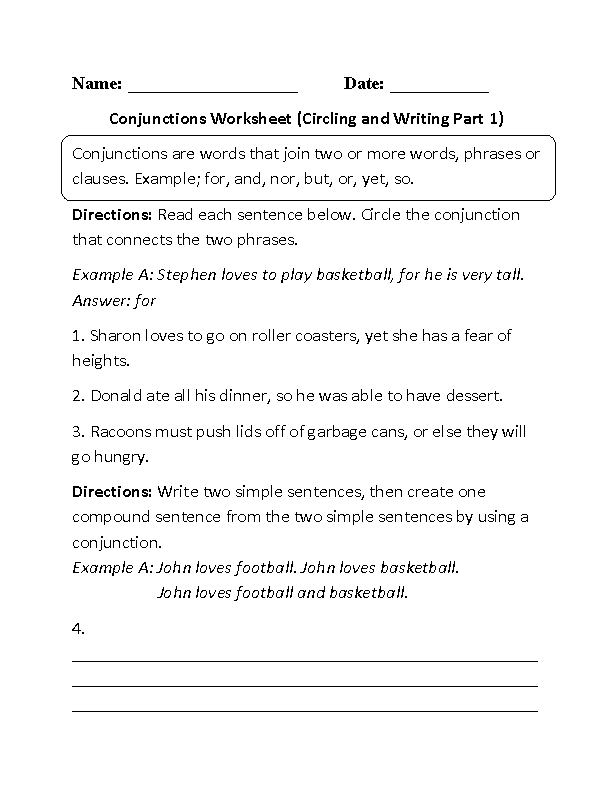



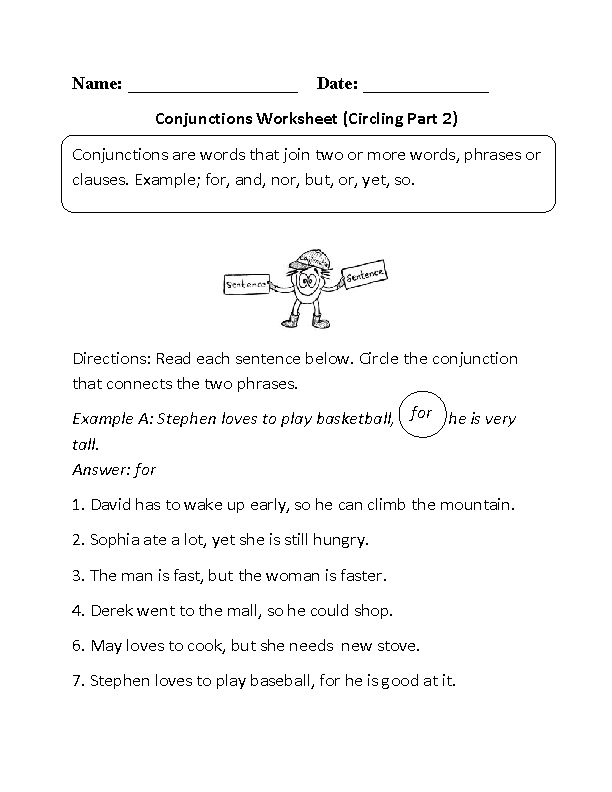
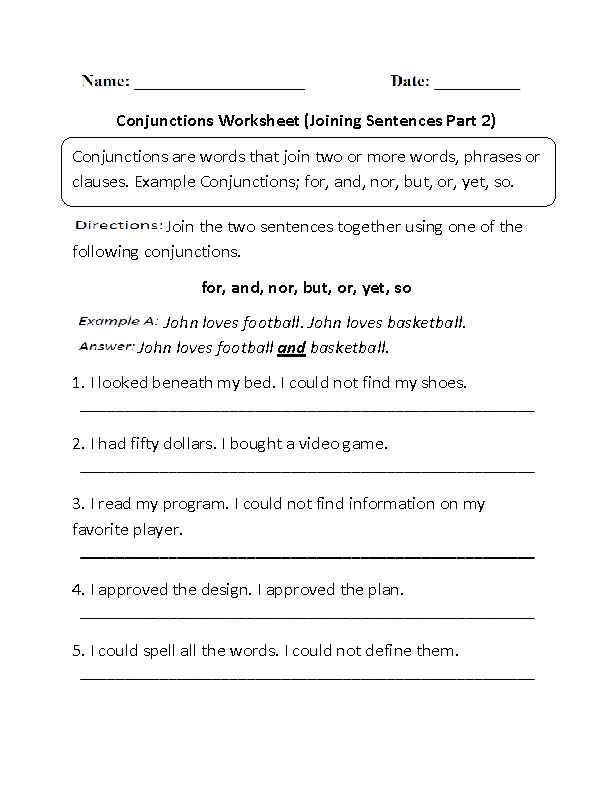
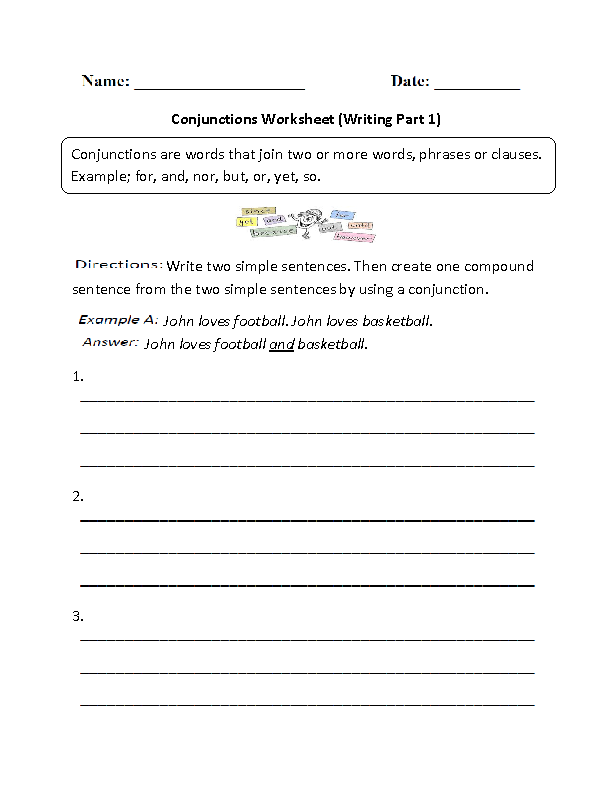
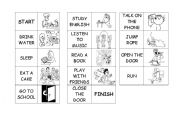
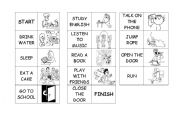
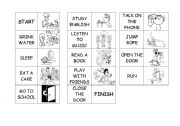
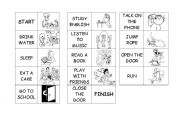
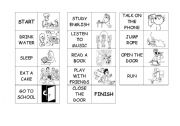
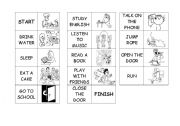
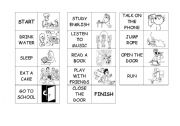
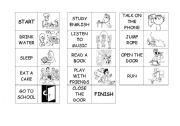
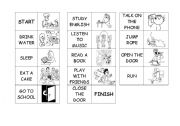
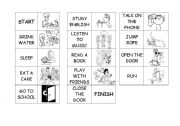
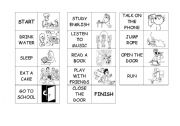
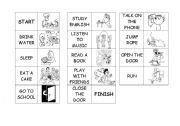
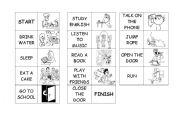
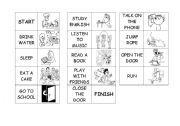














Comments